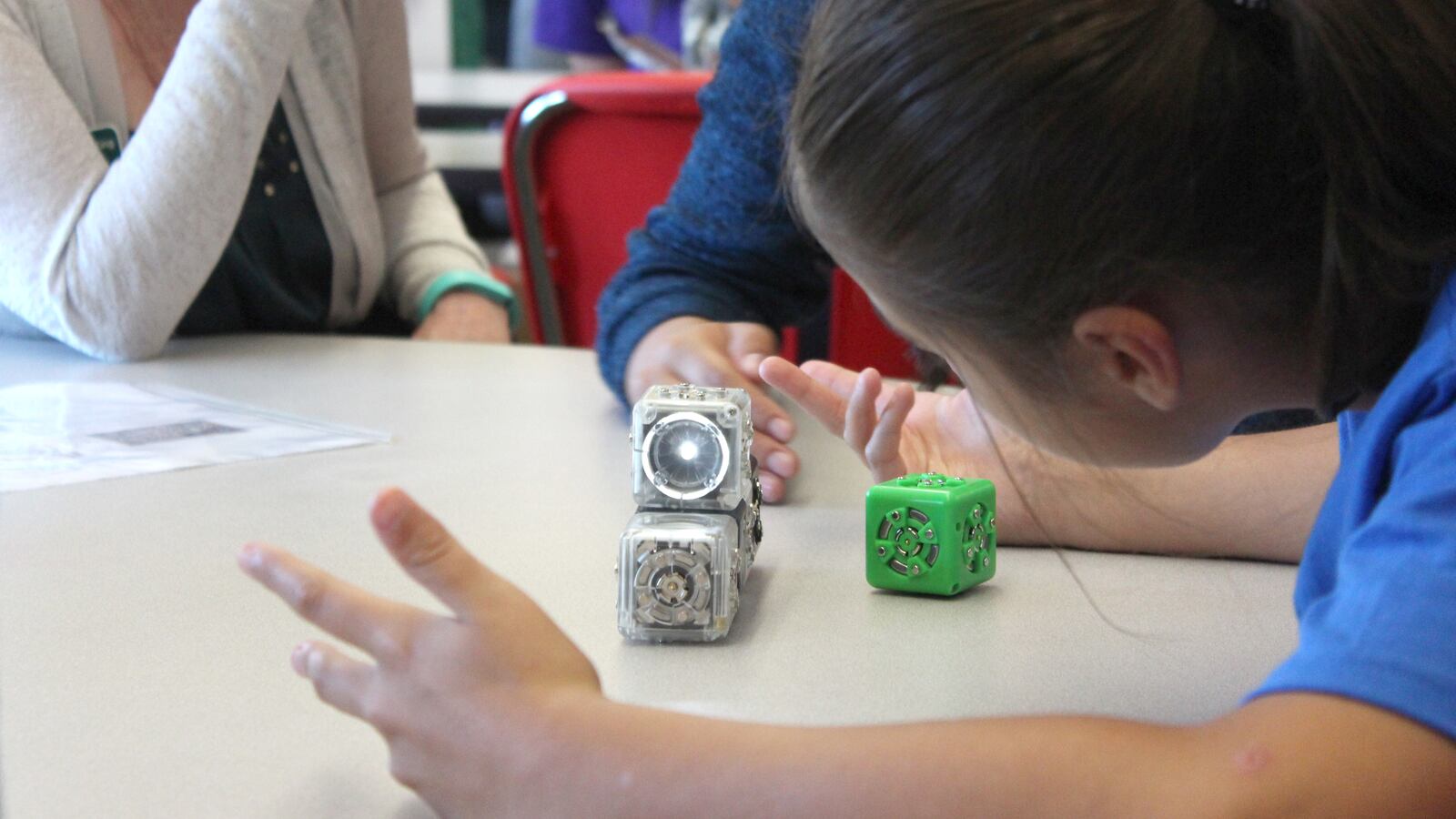There’s good news and bad news for Colorado in a new state-by-state report on gifted and talented education.
On the plus side, Colorado is one of only six states where at least 90 percent of high-poverty elementary and middle schools offer gifted and talented programs. In other states — such as Michigan, Massachusetts and Rhode Island – fewer than 10 percent of high-poverty schools offer gifted and talented programs.
The numbers come from a report released this week by the Fordham Institute, a conservative-learning education think tank.
Now, for the bad news.
Black and Hispanic students in Colorado are placed in gifted and talented programs at a lower rate than their peers — a longstanding problem in gifted and talented education nationwide. In Colorado, 4.4 percent of black and Hispanic students are enrolled in gifted and talented programs in elementary and middle school, compared to almost 7 percent of students overall.
Every state included in the report has such a gap, but the size varies widely. In New Hampshire, for example, 10.4 percent of black and Hispanic students are enrolled in gifted education compared to 11.2 percent of all students — both a relatively large gifted population overall and a relatively small gap.
Denver Public Schools, Colorado’s largest school district, has grappled in recent years with racial disparities in its gifted and talented programs, including at its sought-after magnet school for highly gifted and talented students — Polaris at Ebert Elementary.
Two years ago, the district switched from a method that required parents to submit applications to get their kids tested for gifted and talented eligibility to a universal screening mechanism — one of the recommendations in the Fordham Institute report.
In the first year, that shift helped identify significantly more Hispanic students for the district’s magnet program at Polaris, but there were still major disparities. Those didn’t change after the second year of universal screening. For black students, universal screening made no difference the first year and a modest difference the second.
Last year, the district added another strategy: formalizing a program called the “talent pool” that gives kids who weren’t identified as gifted — but could be later — access to gifted services. Some students in the talent pool may have done well on the assessment that determines gifted eligibility, but not well enough to be designated as gifted. Other students may be identified for the talent pool based on the work they produce at school or some other means.
With gifted services set aside for about 10 percent of students at a school, talent pool students are added at schools where smaller percentages of students are designated as gifted. The idea is to ensure that each talent pool reflects the racial and ethnic diversity of the school.
District officials said they planned to track students in the pools to see how much growth they achieved and whether they end up getting officially identified as gifted.

